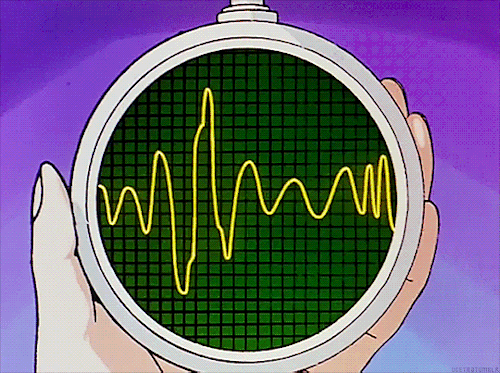
Vehicles are shown as a circle, with an arrow pointing in the direction that they're facing. Trains last positions are not charted, because they normally always move after the charting stops. What you see after that time is the last charted picture for that chunk (also called "fog of war").Įven in the fog of war you can see the last charted position of vehicles. If charting is not repeated within the 10 seconds, the charting process stops for this chunk after 10 seconds and is not longer updated. This effect can also be seen in the map of the chunk highlighted and dims within 10 seconds to a greyed out version of the chunk. Once a scan for a chunk is triggered, it keeps actively charted for 10 seconds. Users can recognize what is drawn because of the color.Ĭharting of several chunks that change each tick might have an impact on game performance, manifesting in the form of lowered UPS or FPS. Every entity is represented by one or more pixels. You can see the entities moving, you can see enemies walking. If the contents of a chunk changes between two ticks, the content of that chunk is "charted" into the map. This allows the player to zoom into the normal world view from the map and makes interaction with blueprints and deconstruction planners possible.Īnimation of chunks in the upper-right area being revealed by radars. Radars grant sight of a square area around them, which is displayed brighter than the rest of the map. It is possible that a new alien nest will appear in a previously scanned chunk just because you don't see it on the map, doesn't mean it is not there.

#Network radar gif full#
With a total number of 792 chunks (29×29 − 7×7), it takes one radar 7 hours 20 minutes to complete one full scan cycle.This is done in an 29×29 chunks around the Radar, excluding the nearby 7×7 chunks.Since the Radar draws 300 kW of power, it takes 10 MJ ÷ 300 kW = 33.333 seconds to scan one chunk. One chunk scan takes 10 MJ of energy to complete.Note that it also generates the chunks if they weren't generated at the time of the scan. It scans the unexplored chunks first, represented by the black areas on the map.Long range scanning is visible on the map as a single chunk lighting up for several seconds, then slowly darkening. Mouse-over or click-open the radar details to see this progress bar. This will take 33.333 seconds, if the Radar is receiving full power. The Radar charts one distant chunk every time the sector scanning progress bar fills. 20% power can be achieved by a single solar panel, or by using one isolating accumulator for every 5 radars. This is particularly noticeable at dawn and dusk on solar powered radar stations.Īt 20% power the radar will pulse about every 4 seconds which will still keep the nearby area continuously lit on the map, but will provide reduced detail.

At reduced power levels, this nearby pulse scan will take longer, which can lead to 'blinking' on the player's map similar to the long range scan. This nearby area is updated as a single pulse approximately every second. The Radar continuously charts an area of 7×7 chunks (224×224 tiles), centered on the chunk the radar occupies.


 0 kommentar(er)
0 kommentar(er)
